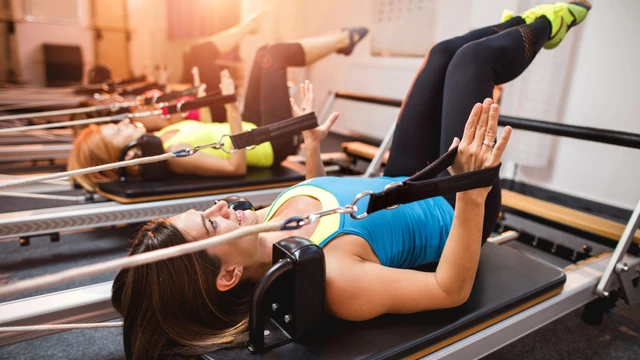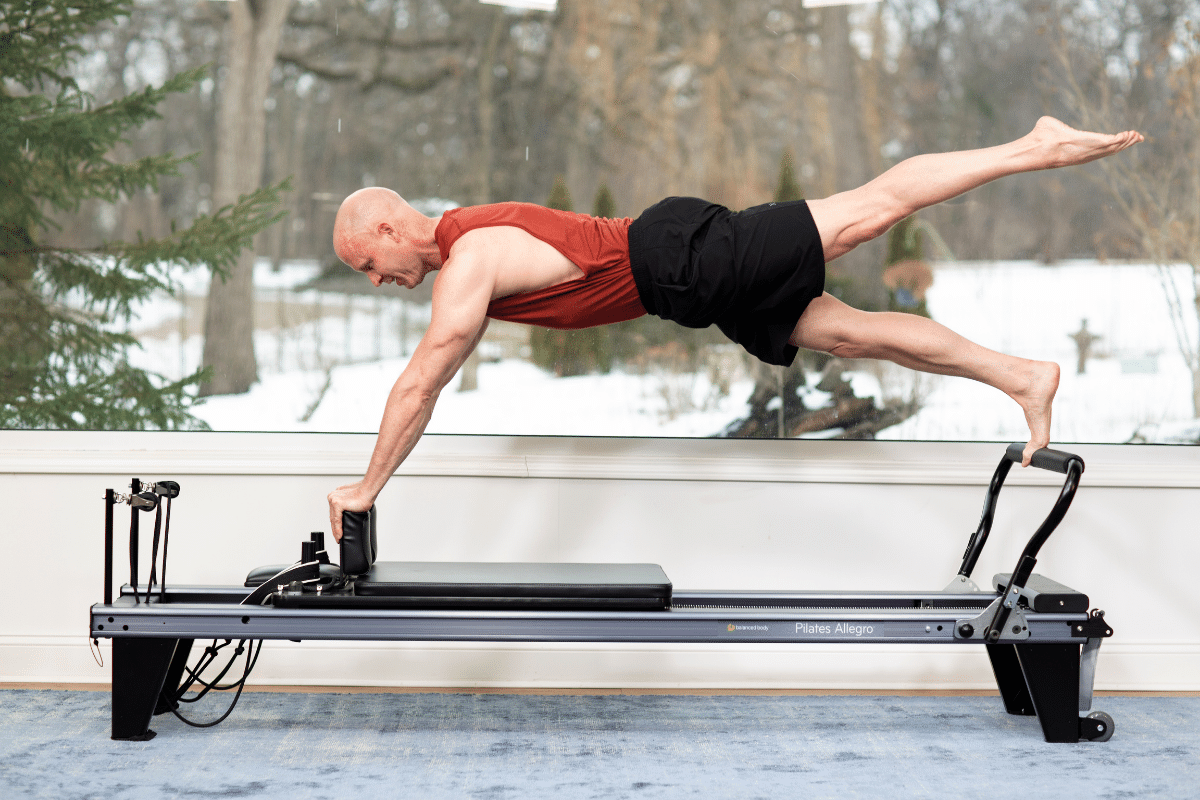What is Pilates?
Pilates, also known as “Contrology,” is a kind of total-body exercise intended to enhance everyday activities and quality of life.
While the focus on core exercises, achieving only core strength is not the final aim. Instead, the objective is to use that core power to create body-wide movement patterns that are practical and long-lasting.
The exercises, developed by Joseph Pilates in the early 20th century, synchronise movement and breath to train the body’s smaller and deeper stabilising muscles as much as its primary movers.
Read More: Plant-based foods with high in protein are ideal after intense workout.
Pilates supports your joints and balances the general structure of your complete body. Even something that seems easy may be really difficult when done correctly and with good technique.

Pilates is a low-impact workout that improves neuromuscular patterns and muscle balance to produce maximum strength.
The ideal strength developed via regular Pilates exercise is flexible and nonrigid, balancing strength with mobility. You can move and breathe more freely, with greater strength, and with less discomfort while you go about your regular activities.
1. It makes posture better.
Your parents were right to advise you to sit up straight and cease slouching.
The difference between weak, unbalanced muscles, headaches, shoulder or back pain, and sitting or standing tall and effortlessly is improved posture.
Pilates emphasises proper joint alignment, a balance of all opposing muscles, and the alignment of the entire body. By making you more conscious of your alignment and strengthening weak postural muscles, it enhances posture.
2. It strengthens the core.
Pilates is renowned for emphasising the core, which is the centre of the body and the source of all movement. The entire group of muscles that surround the trunk, when developed and made flexible, form the core, which supports and stabilises the body.

Pilates strengthens and functions the core. The powerhouse, or core, is the region from which explosive movement originates and is a crucial element in reducing pelvic floor dysfunction, back, and hip discomfort.
3. It shields from harm.
Body muscles that are balanced via Pilates are neither too lax and weak nor too stiff. The body is more prone to damage when the muscles are either too lax and weak or overly stiff.
Pilates has a strong emphasis on the development of dynamic strength, which improves your ability to support and stabilise your joints while you move. According to research, Pilates is a useful technique for lowering the risk of sports injuries.
4. It lessens back discomfort.
Pilates aims to contract and relax the pelvic floor and deeper abdominal muscles, which is a real measure of strength. The organs are lifted and supported by these muscles, which also shield and support the back.
5. It increases mobility and flexibility.
- Let’s first discuss the distinction between flexibility and mobility.
Flexibility is determined by how much a muscle can passively stretch. The range of motion at a joint is known as mobility. Strength and flexibility are both necessary for good mobility.
While flexibility by itself is not useful, mobility is something you should aim towards. To maximise mobility, you need a combination of strength and flexibility.
Smooth transitions between precise and slow, controlled movements keep a Pilates session going. The majority of Pilates movements combine both strengthening and stretching, which enhances strength, flexibility, and mobility.

6. It lessens tension.
Keeping with the advantage of bodily awareness, Pilates’ inner concentration and use of breath may calm the nervous system. As a result, you may eventually come out of fight-or-flight mode, have lower cortisol levels, and experience less stress.








